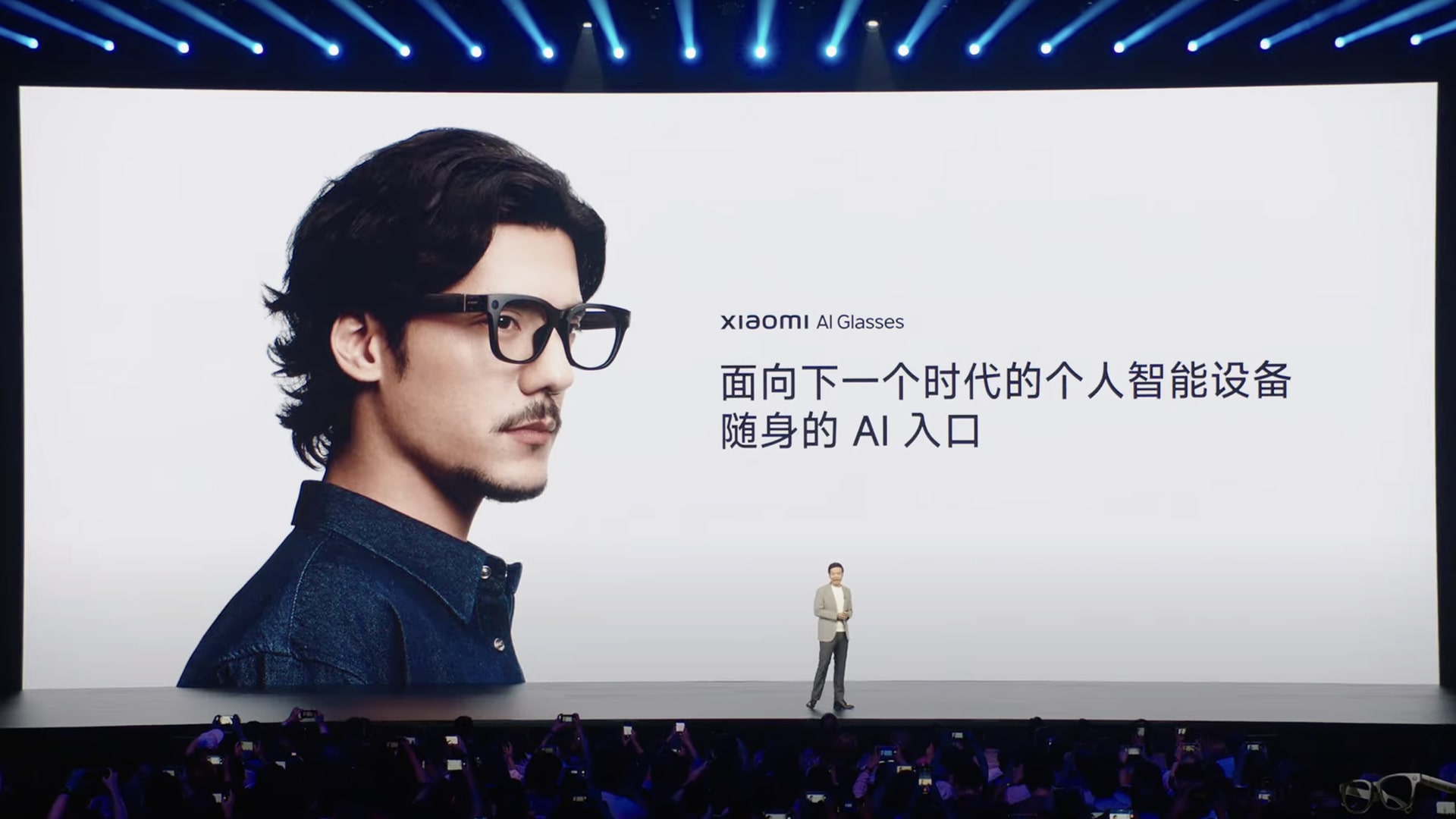Eyeglasses were invented to improve vision. But these days, they can do much more than just that. Imagine walking through a bookstore in a foreign country. You glance at the cover of a novel, and a voice quietly reads the title in your native language. Later, at a cafe, you ask for your glasses to pay the bill. The transaction completes automatically, no fumbling for a phone or wallet needed.
This kind of everyday utility would have sounded far-fetched less than a decade ago. But that is exactly what Xiaomi is aiming for with its newly launched smart glasses.
Named simply the Xiaomi AI Glasses, the device integrates the company’s hardware and software into a lightweight frame designed for daily use. Weighing just 40 grams, the glasses retain the silhouette of classic D-frame eyewear. A Sony 12-megapixel ultrawide camera enables 2K video recording with electronic image stabilization. It can capture a photo in just 0.8 seconds and integrates with a wide range of popular Chinese apps, including Douyin and DingTalk.
The standout feature, however, is the built-in voice assistant. Users can give voice commands to perform tasks such as taking photos and videos, live streaming, translating text seen through the glasses, answering basic questions, or setting reminders. Xiaomi says the assistant can also control smart home devices and will soon support QR-based payments. Audio responses come through dual open-ear speakers, while a five-microphone array with bone conduction ensures clear input during calls and commands.
A Snapdragon AR1 chip powers the device, backed by a battery that supports up to 8.6 hours of video playback or seven hours of continuous operation.
The glasses also feature electrochromic lenses that shift tint levels in about 0.2 seconds via dual-finger swipes on the touch-sensitive temples. Users can switch among four tint levels. While this adds a stylish and somewhat functional flair, it is ostensibly more a modernized take on transition lenses than a technical leap.
The Xiaomi AI Glasses will be available in three colors: black, brown, and green. The brown and green variants will feature semi-transparent casings that partially reveal the device’s internal components.

After a delay from the originally planned April debut, the glasses were officially launched on June 26. The standard edition is priced at RMB 1,999 (USD 279.9). Two electrochromic variants, one with single-tint lenses and one with multiple tint levels, are priced at RMB 2,699 (USD 377.9) and RMB 2,999 (USD 419.9), respectively.
The release arrives at a time when the smart glasses market is rapidly gaining momentum. According to Counterpoint Research, global smart glasses shipments surged 210% last year, with the market expected to expand 60% year-on-year in 2025.
Xiaomi’s entry also comes as major competitors already occupy the space. Huawei introduced an upgraded model in April with a titanium frame, gesture control, voice commands, and translation features. Meanwhile, Baidu plans to release Xiaodu-branded smart glasses later this year, using its Ernie models and DuerOS system.
Beyond the major players, smaller companies are exploring distinct niches. Superhexa’s Jiehuan glasses emphasize real-time translation and can summarize concurrent activities, such as incoming WeChat messages. Sharge’s A1 prioritizes memory capture through video recording and artificial intelligence-assisted recall, positioning itself more as a lifestyle recorder than a digital assistant. ARknovv’s BleeqUp Ranger, on the other hand, caters to athletes with features like crash-aware video logging.
These different approaches show that the category remains unsettled. Some brands are leaning into immersive, AI-based utilities, while others target niche uses like translation or fitness. Xiaomi seems to be positioning itself in the middle, betting on a multipurpose, voice-driven device that integrates practical functions with its existing software ecosystem.
And although it’s new to the category, Xiaomi has a precedent for catching up fast. Its electric vehicle, the SU7, launched last year in China’s crowded EV market after competitors like BYD had already secured strong footholds. Yet the SU7’s early sales exceeded expectations, showing Xiaomi’s ability to convert brand equity and scale into market share.
With the smart glasses market still taking shape, Xiaomi appears to be betting that its integrated approach and distribution reach can deliver similar results.
